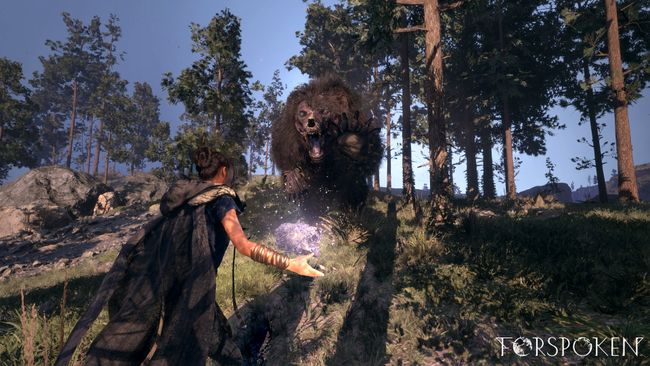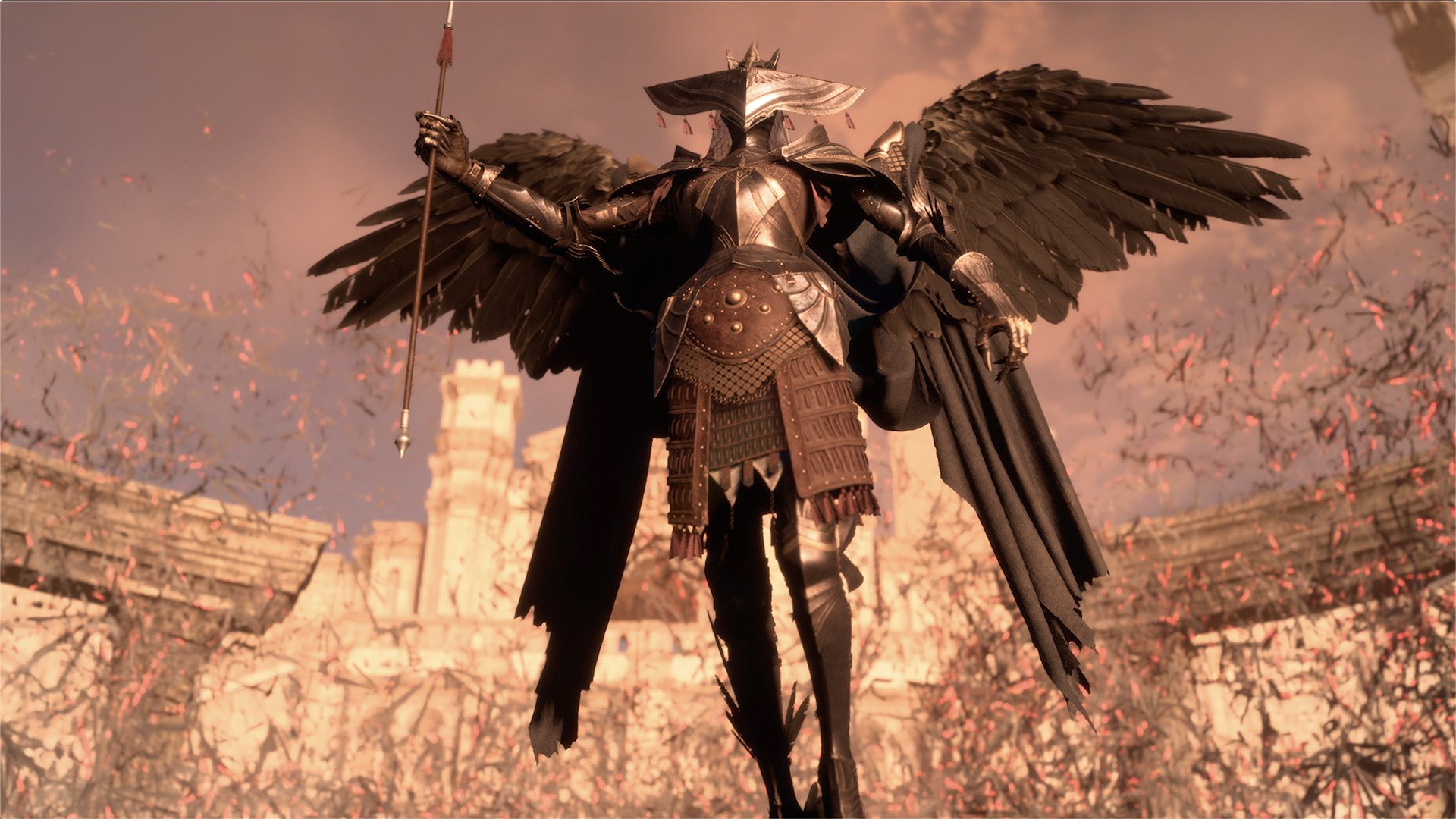

On a 120Hz screen, however, they align to that 40fps rate at 25ms, which is why it feels smoother as the frame times are closer together and even. You might ask why not run an unlocked option for 60Hz screens, but this causes frame-times to leap between 16ms and 33ms when forced into a 60Hz container.

This does not mean all the time, with many sections of quiet exploration or cutscenes hitting the 40fps high, but assume that heavy combat will play out somewhere in the middle ground. The Ray Tracing mode is next with it being between 8-14% faster than the Quality mode when running on a 120Hz screen, but even then it can dip back into the low 30s often enough to feel the same. Turning the 120Hz option on, the Performance mode is still capped at 60fps, but when drops happen you can at least flip into 8ms, meaning this is still the fastest and most responsive mode to play. There’s a kind of person that might be enough for, happy to spend hours and hours uncovering every inch of Forspoken’s needlessly large map after the main story, but that doesn’t mean I was able to find much reason to do so once the credits had rolled. Its parkour system is also satisfying enough, despite the scenery you are running through being about as picturesque as a bowl of rocks with an Instagram filter slapped on. Its combat is flashy and fun enough to entertain across its comparatively short RPG campaign, with fights that do a good job of pushing you to shake up your use of elemental powers even when the overall variety of enemies isn’t particularly impressive.
FORSPOKEN FULL
What we said about Forspokenįorspoken is the sort of game you’ve probably seen before – from its stereotypical fish-out-of-water fantasy story to its giant open-world map full of repetitive optional tasks. The game does support Variable Rate Refresh (VRR), but these rates are below the active range for VRR on PS5, and you can still see and feel the dips. Starting with the Performance mode, we “target” 60fps, but in bandwidth-heavy sections with foliage, the opaque or partial translucent alpha effects can all cause a 25-30% frame rate reduction, causing long sections in the mid to low 40s. Sadly, in practice all of the targets are missed – and not just on occasion but often enough to be sub par. In theory, these settings should cover all our bases. If not, I recommend using the Performance mode, as the camera, movement, and combat are all severely hindered in the 30fps modes as demonstrated here. The 60fps Performance mode does gain some from 120Hz mode, but only the expected 8ms frame-time peak, giving a small 7.2% improvement in fluidity.Īs such, without even getting to framerates, I suggest using the 120Hz mode for all modes if possible. This is due to the 25% smaller frame-time as well as the fact it can now flip into the next 8ms refresh when a frame is dropped, bringing the median input time down by some 60ms.

This is where having a 120Hz screen offers the biggest boost, knocking around 30% off those Quality and Ray Tracing mode times, down to 163ms and 154ms respectively. The engine has high input latency, and running it at 30fps means we get median times of 225ms with the Quality mode and 221ms in Ray Tracing mode, whereas the 60fps Performance mode offers a significantly faster median of 115ms. In reality this makes a minor impact to image for an improvement to the fluidity and control, which can be vital with such a fast-paced action-centric game. With 120Hz mode enabled, both Ray Tracing and Quality mode run at 40fps, meaning effects and setting are identical to the non-120Hz modes, but DRS is often lower down the range in heavy sequences due to the 25% reduction in frametime. That said, there’s a perfect compromise in that 120Hz mode, in theory at least, if you have such a screen. The image quality impact in Performance mode is noticeable, but small enough compared to the gains it offers.

This mode boosts performance to 60fps over the previous two, which are capped at 30fps. Finally, Performance targets 2560x1440p both in ceiling and FSR2 reconstruction, and can dip down 75% also to a low of 1280x720. Both these modes use FSR2 reconstruction to get back to a 4K output when not at that level, which is always the case in the Ray Tracing mode and often in Quality. Ray Tracing mode reduces the ceiling to 2880x1620p and scales to a low of 1440x810. Quality targets 3840x2160p with dynamic resolution scaling (DRS) engaged, which can scale by 75% in total down to a low of 1920x1080. The game has three resolution modes, Quality, Ray Tracing, and Performance, each of which also has a 120Hz mode.


 0 kommentar(er)
0 kommentar(er)
